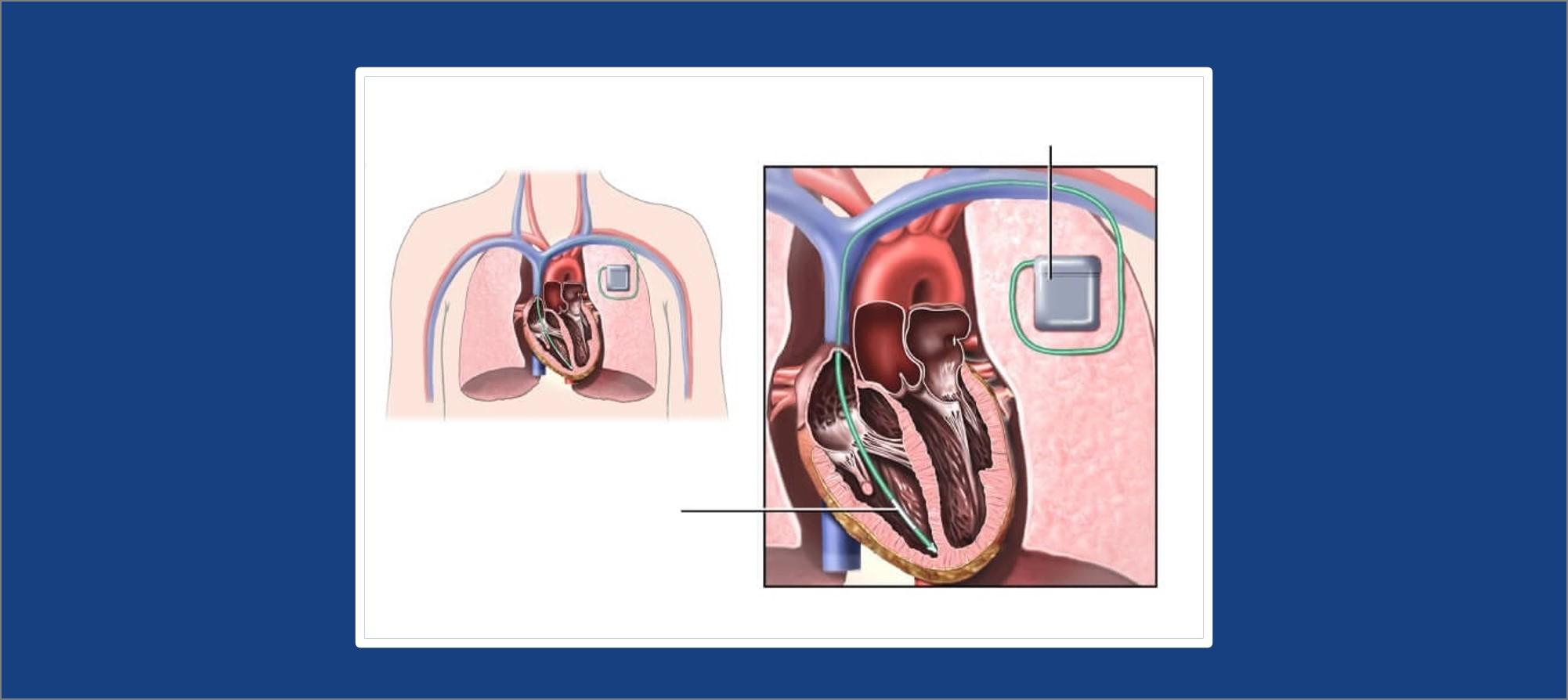What is an ICD and CRT?
Implantable Cardioverter Defibrillator (ICD) is an electronic device that constantly monitors your heart rhythm. When it detects a very fast, abnormal heart rhythm, it delivers energy to the heart muscle. This causes the heart to beat in a normal rhythm again.
ICD can deliver immediate electrical impulse to the heart when it detects such serious rhythm problem.
Cardiac Resynchronization Therapy (CRT) on the other hand is for symptomatic improvement and decreasing heart failure hospitalizations in patients with heart failure who are not adequately controlled by medical treatment.
Getting an ICD or CRT implanted is not an open-heart surgery. Before surgery, medication is usually given to make you sleepy and comfortable. The procedure is performed under local anesthesia.
Why do I need ICD or CRT implantation?
Your cardiologist may recommend ICD or CRT implantation if you or your child is at risk of a life-threatening ventricular arrhythmia because of having:
- Heart attack
- Ventricular arrythmia
- Sudden cardiac arrest
- Congenital heart disease
- Not fully explored correcting the heart condition through medication therapies
How does these implants work?
- If your implants have a pacemaker feature when your heartbeat is too slow, it works as a pacemaker and sends tiny electric signals to your heart.
- When your heartbeat is too fast or chaotic, it gives defibrillation shocks to stop the abnormal rhythm.
- It works 24 hours a day.
Is the ICD or CRT implant procedure safe?
A battery-powered pulse generator is implanted in a pouch under the skin of the chest or abdomen, often just below the collarbone. The generator is about the size of a pocket watch. Wires or leads run from the pulse generator to positions on the surface of or inside the heart and can be installed through blood vessels, eliminating the need for open-chest surgery. [Source: heart.org]
A device implant is generally a very safe procedure. However, as with any invasive procedure, there are risks. Special precautions are taken to decrease your risks. Please discuss your specific concerns about the risks and benefits of the procedure with your doctor.


